
Sake, saké, or saki, also referred to as Japanese rice wine, is an alcoholic beverage of Japanese origin made by fermenting rice that has been polished to remove the bran. Despite the name Japanese rice wine, sake, and indeed any East Asian rice wine, is produced by a brewing process more akin to that of beer, where starch is converted into sugars that ferment into alcohol, whereas in wine, alcohol is produced by fermenting sugar that is naturally present in fruit, typically grapes.

Myōkō is a city located in Niigata Prefecture, Japan. As of 1 November 2020, the city had an estimated population of 31,374 in 12,408 households, and a population density of 70 people per km². The total area of the city was 445.63 square kilometres (172.06 sq mi). Myōkō is a member of the World Health Organization’s Alliance for Healthy Cities (AFHC).
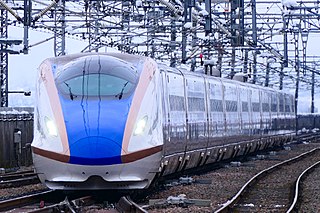
The Jōetsu Shinkansen (上越新幹線) is a high-speed shinkansen railway line connecting Tokyo and Niigata, Japan, via the Tōhoku Shinkansen, operated by the East Japan Railway Company. Despite its name, the line does not pass through the city of Jōetsu or the historical Jōetsu region, which instead are served by the Hokuriku Shinkansen. The name instead originates from the parallel Jōetsu Line, which in turn is named after the two provinces that it connects: Jōshū, and Echigo Province.

Japanese pitch accent is a feature of the Japanese language that distinguishes words by accenting particular morae in most Japanese dialects. The nature and location of the accent for a given word may vary between dialects. For instance, the word for "river" is in the Tokyo dialect, with the accent on the second mora, but in the Kansai dialect it is. A final or is often devoiced to or after a downstep and an unvoiced consonant.

Ajinomoto Co., Inc. is a Japanese multinational food and biotechnology corporation which produces seasonings, interlayer insulating materials for semiconductor packages for use in personal computers, cooking oils, frozen foods, beverages, sweeteners, amino acids, and pharmaceuticals. Aji-No-Moto is the trade name for the company's original monosodium glutamate (MSG) product, the first of its kind, since 1909. The corporation's head office is located in Chūō, Tokyo. As of 2023, Ajinomoto operates in 34 countries worldwide and employs an estimated 34,615 people. Its yearly revenue in 2023 is around ¥1.44 trillion JPY or $9.1 billion USD.

Shichi-mi tōgarashi, also known as nana-iro tōgarashi or simply shichimi, is a common Japanese spice mixture containing seven ingredients. Tōgarashi is the Japanese name for Capsicum annuum peppers, and it is this ingredient that makes shichimi spicy.

Niigata is a city located in the northern part of Niigata Prefecture. It is the capital and the most populous city of Niigata Prefecture, and one of the cities designated by government ordinance of Japan, located in the Chūbu region of Japan. It is the most populous city on the west coast of Honshu, and the second populous city in Chūbu region after Nagoya. It faces the Sea of Japan and Sado Island. As of 1 September 2022, the city had an estimated population of 779,049, and a population density of 1,072 persons per km2. The total area is 726.45 square kilometres (280.48 sq mi). Greater Niigata, the Niigata Metropolitan Employment Area, has a GDP of US$43.3 billion as of 2010.
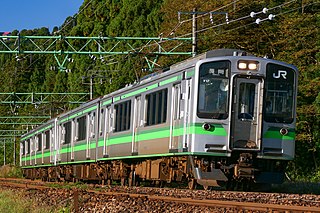
The E127 series (E127系) is a DC electric multiple unit (EMU) train type operated on local services by East Japan Railway Company in Japan since 1995, and also by the third-sector railway operator Echigo Tokimeki Railway since March 2015 as the ET127 series. The design is derived from the 209 series commuter EMU.

Black Thunder is a chocolate bar made and sold in Japan by the Yuraku Confectionery Company. It contains a cocoa-flavored cookie bar mixed with Japanese-style rice puffs, coated with chocolate. The manufacturer's suggested retail price is ¥30, before tax. The main advertising slogan translates to "Delicious taste in a flash of lightning!" The story of the Yuraku Confectionery Company and its Black Thunder bar has been treated in the Japanese business press as something of a modern-day rags to riches story.

Suzu Hirose is a Japanese actress and model.
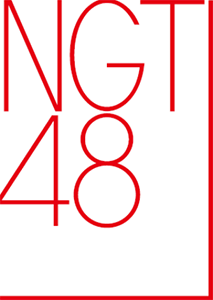
NGT48 is a Japanese girl group produced by Yasushi Akimoto. NGT48 is named after Niigata City of Niigata Prefecture, where the group is based. The group performs at the NGT48 Theater which is located in the fourth floor of the LoveLa2 shopping mall in Niigata City.
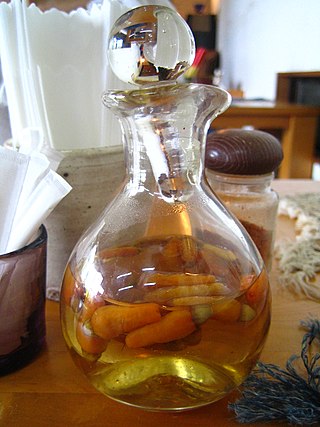
Kōrēgusu, also called kōrēgūsu (コーレーグース) and kōrēgusū (コーレーグスー), is a type of Okinawan chili sauce made of chilis infused in awamori rice spirit and is a popular condiment to Okinawan dishes such as Okinawa soba.

Miss Caretaker of Sunohara-sou is a Japanese romantic comedy four-panel manga series by Nekoume. It has been serialized in Ichijinsha's seinen magazine Manga 4-Koma Palette from 2014 until 2022, after which it was moved to Monthly Comic Rex before concluding the same year. There have been seven collected tankōbon volumes released as of October 2021. An audio drama based on the manga was released in 2016, and an anime television series adaptation by Silver Link aired in 2018. An English dub of the anime has been produced by Funimation.
Kolme (コールミー), formerly known as Callme, is a Japanese idol girl group consisting of former Dorothy Little Happy members. They released their debut single, "To shine", in March 2015.

Sundome!! Milky Way is a Japanese manga series written and illustrated by Kazuki Funatsu. It was serialized in Shueisha's seinen manga magazine Grand Jump from June 2016 to November 2019, with its chapters collected in nine tankōbon volumes. An alternate ending, titled Sundome!! Milky Way Another End was serialized in the same magazine from February to December 2020. In North America, the series is licensed for English release by Seven Seas Entertainment.

Jagarico is a family of salty snack products made primarily from processed fried potatoes. Introduced in 1995 by Calbee, Jagarico could be described as rod-shaped potato chips. According to Barabara Zec, they "have a similar appearance to French fries."
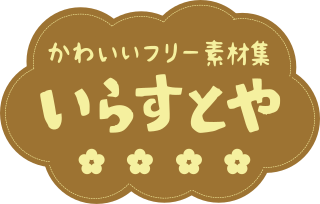
Irasutoya is a website operated by illustrator Takashi Mifune that offers gratis clip art illustrations. These works can be used for both commercial and non-commercial applications, but copyright is not waived, there are moral rights-related restrictions on how they should be used, and restrictions to use amount per commercial project.
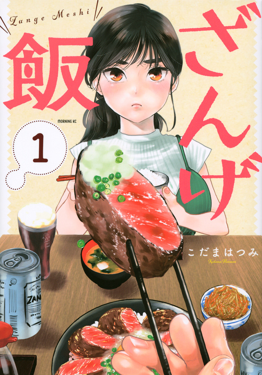
Zange Meshi is a Japanese manga series written and illustrated by Hatsumi Kodama. It was first irregularly published in Kodansha's seinen manga magazine Morning from May 2020 to July 2021, and was published on the online platform Comic Days from August 2020 to December 2022; its chapters were collected in seven tankōbon volumes.

Ramune candy is a kind of Japanese tablet candy. It is generally made from sugar, mixed with a small amount of a binder and other ingredients, and compressed in a tableting machine.




















